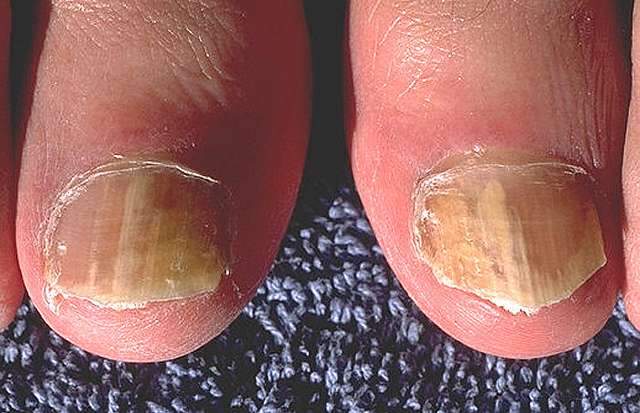Nail fungus, also known as onychomycosis, is a common condition that affects the nails, causing discoloration, thickening, and brittleness. While clinical treatments are available, several home remedies have been explored as supportive options. Here are practical home remedies with potential antifungal properties:
Tea Tree Oil
Tea tree oil is an oil extracted from the leaves of the tea tree plant, known for its antimicrobial and antifungal properties. It has been widely studied as an alternative treatment for fungal infections, including nail fungus. To use tea tree oil effectively, dilute it with a carrier oil, such as coconut or olive oil, to avoid skin irritation. Apply the mixture directly to the affected nail using a cotton swab twice daily. Allow the oil to absorb fully before covering the area. Regular application may help reduce fungal growth and improve the nail’s appearance over time. Individuals with sensitive skin should perform a patch test before extensive use to minimize the risk of adverse reactions. Professional consultation is recommended if there is no noticeable improvement after prolonged use.
Vinegar Soak
Vinegar is a commonly used home remedy for treating fungal infections due to its acidic nature. The acidity of vinegar may inhibit the growth of certain fungi by creating an unfavorable environment for them to thrive. To prepare a vinegar soak, mix one part vinegar with two parts warm water in a basin or bowl. Immerse the affected nail for 15 to 20 minutes daily, making sure the skin is thoroughly dried afterward.
Coconut Oil
Coconut oil contains a compound called lauric acid, which has been studied for its ability to inhibit fungal growth. To use coconut oil as a nail care treatment, apply a small amount directly to the affected area twice to thrice daily. Gently massage the oil into the nail and surrounding skin to promote absorption and improve circulation. Consistent application may help to soften the nail, reduce discomfort, and support overall nail recovery.
Baking Soda
The alkaline nature of baking soda helps neutralize the acidic environment in which fungi thrive, potentially inhibiting their development. To use baking soda for nail fungus, create a paste by mixing two to three tablespoons of baking soda with a small amount of water until a thick consistency forms. Apply the paste directly to the affected nails, making sure the area is fully covered. Leave the mixture on for 10–15 minutes before rinsing thoroughly with warm water and drying the nails completely. This process can be repeated daily for optimal results.
Over-the-Counter Antifungal Lotion
Over-the-counter (OTC) antifungal lotions contain active ingredients such as clotrimazole, tolnaftate, or terbinafine, which work to inhibit fungal growth and reduce infection. For optimal results, clean and dry the affected area thoroughly before applying the lotion, as moisture can encourage fungal proliferation. These treatments are generally applied once or twice daily and may need to be used consistently for several weeks or months to achieve noticeable improvement. It is key to follow the application instructions provided with the product and monitor for any signs of irritation or allergic reaction.
Disclaimer
While these remedies may be helpful, they are not guaranteed solutions. It is fundamental to consult a healthcare professional before initiating any new treatment, particularly for persistent or severe cases of nail fungus. Results vary depending on individual circumstances. If irritation or allergic reactions occur, discontinue use immediately.
Discover Treatment Options for Nail Fungus
Nail fungus can be challenging to address, but these home remedies provide several approaches for mild cases. By incorporating methods like tea tree oil, vinegar soaks, or baking soda into your routine, it may be possible to manage fungal symptoms effectively. Engaging with a healthcare professional is always recommended for severe cases and comprehensive guidance. Consult a specialist to understand better your options for treating nail fungus.

